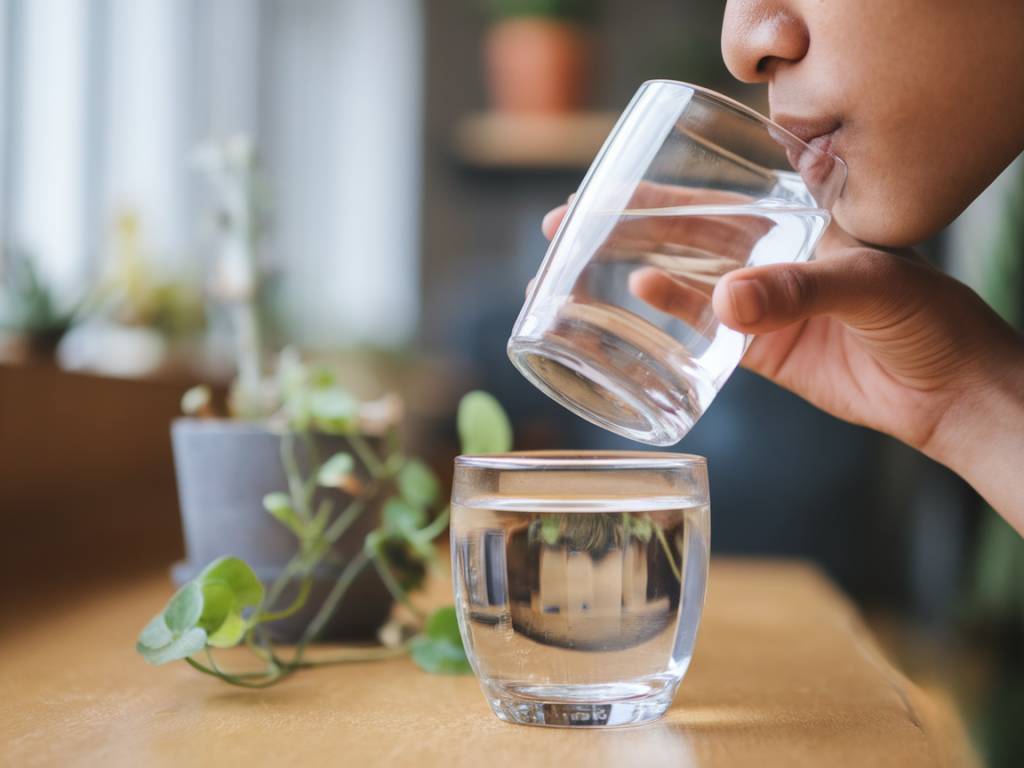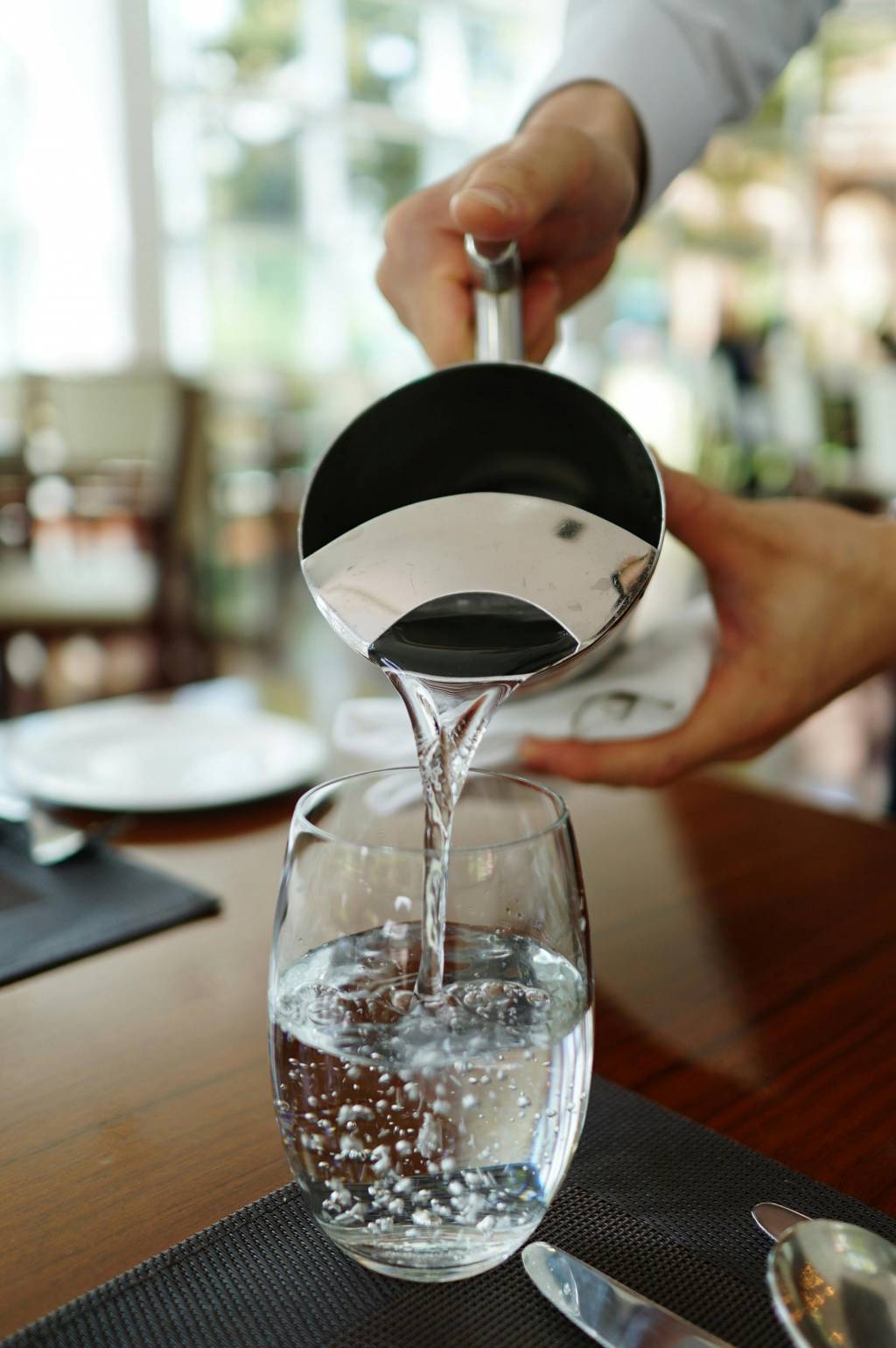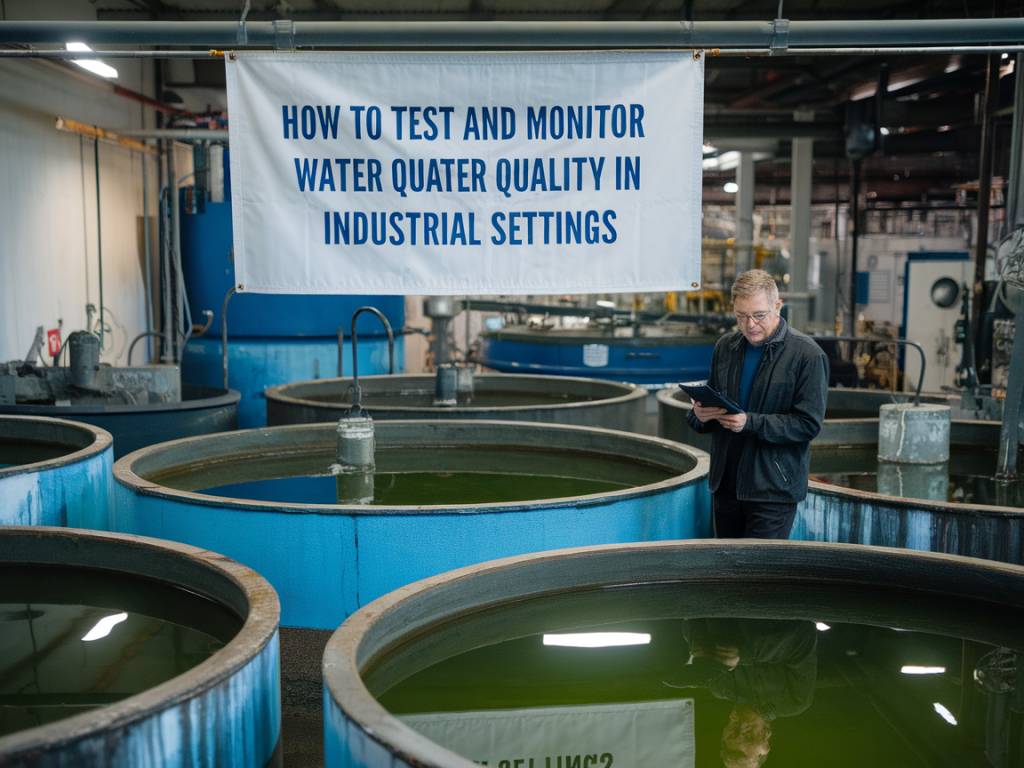The Hidden Flow: Water Quality and Public Health
In the gentle dance of water molecules, there lies an invisible thread that weaves together the tapestry of human health. Water quality, that seemingly tranquil contributor to our daily lives, can be a silent guardian or a secret adversary. How often do we pause to ponder the safety of the water that flows from our taps or glistens in our rivers? This article delves into the depths of how water quality impacts our well-being and safety, intertwining tales of discovery with droplets of scientific insight.
The Ripple Effect of Contaminants
Imagine the journey of a single drop of water, born from rain, charting its course through soil and stream before finally reaching a child’s glass. What tales might this drop tell? In many cases, it would speak of the pollutants it gathered along its journey. Industrial runoff, agricultural pesticides, and urban waste can combine to form a formidable cocktail of contaminants. These pollutants not only degrade water quality but pose significant health risks.
Consider the infamous case of lead contamination in Flint, Michigan. This wasn’t just a crisis of infrastructure but a stark reminder of water’s capacity to turn against us if neglected. Consumption of lead-contaminated water has been linked to developmental issues in children and numerous health ailments in adults. It underscores the pressing need for vigilant monitoring and intervention.
Waterborne Illnesses: An Invisible Foe
Can something as serene-looking as a glass of water become a vector for disease? Unfortunately, the answer is yes. Pathogens lurking within contaminated water include bacteria, viruses, and protozoa, each waiting for a host. Illnesses such as cholera, giardia, and norovirus are often transmitted via unsafe drinking water, causing havoc in both developing and developed nations.
While modern water treatment technologies have significantly reduced such events, vulnerabilities remain. In developing regions, lack of access to clean water perpetuates a cycle of disease and poverty. Meanwhile, developed countries occasionally battle outbreaks due to aging infrastructure or natural disasters that compromise public water systems.
The Silent Guardians: Modern Water Treatment Technologies
Yet all is not bleak. Imagine a technological symphony where ultraviolet light dances to the rhythm of water, or where microscopic membranes sieves impurities away. Such innovations in water treatment exemplify the human capacity to overcome nature’s challenges.
Advanced filtration systems, chlorination, and UV light technologies play crucial roles in safeguarding water quality. These guardians work tirelessly to ensure that by the time water reaches your tap, it meets the highest safety standards. Investing in these technologies and maintaining infrastructural integrity are pivotal in preempting health crises.
Sustainable Water Management: A Harmonious Approach
In this era of technological marvels, the question remains: how do we marry innovation with sustainability? Sustainable water management might just hold the key. By adopting a holistic approach that respects both technological advancements and ecological balance, we create a resilient water future.
Take the concept of rainwater harvesting, for instance. It’s a simple yet profound way of addressing water scarcity and ensuring quality. By capturing and injecting this natural gift back into the groundwater systems, communities create an additional layer of filtration.
Countries like Singapore exemplify the art of balancing reuse and sustainability through technologies like NEWater, where treated wastewater is transformed into potable water, closing the loop on water recycling.
Water Quality: A Community Affair
The responsibility of maintaining water quality doesn’t solely rest on the shoulders of governments or corporations. It’s a chorus that requires the harmonious involvement of every community member. From individual actions like reducing chemical use in households to collective efforts like supporting clean-up initiatives, each step contributes to a safer water environment.
Moreover, public awareness campaigns can enlighten citizens on the significance of preserving water quality, fostering a culture of accountability and preventive care. After all, protecting our water is akin to safeguarding our own health.
The Future Awaits: Stewardship and Innovation
As the currents of time usher us into the future, we stand at the confluence of opportunity and responsibility. Embracing innovations and nurturing a culture of water stewardship ensures safe water for generations to come.
The quest for pristine water quality is an endless journey, where each ripple can inspire change and foster a legacy of health and safety. Let us be the guardians of our liquid lifelines, weaving a narrative of hope and wellness for all.




